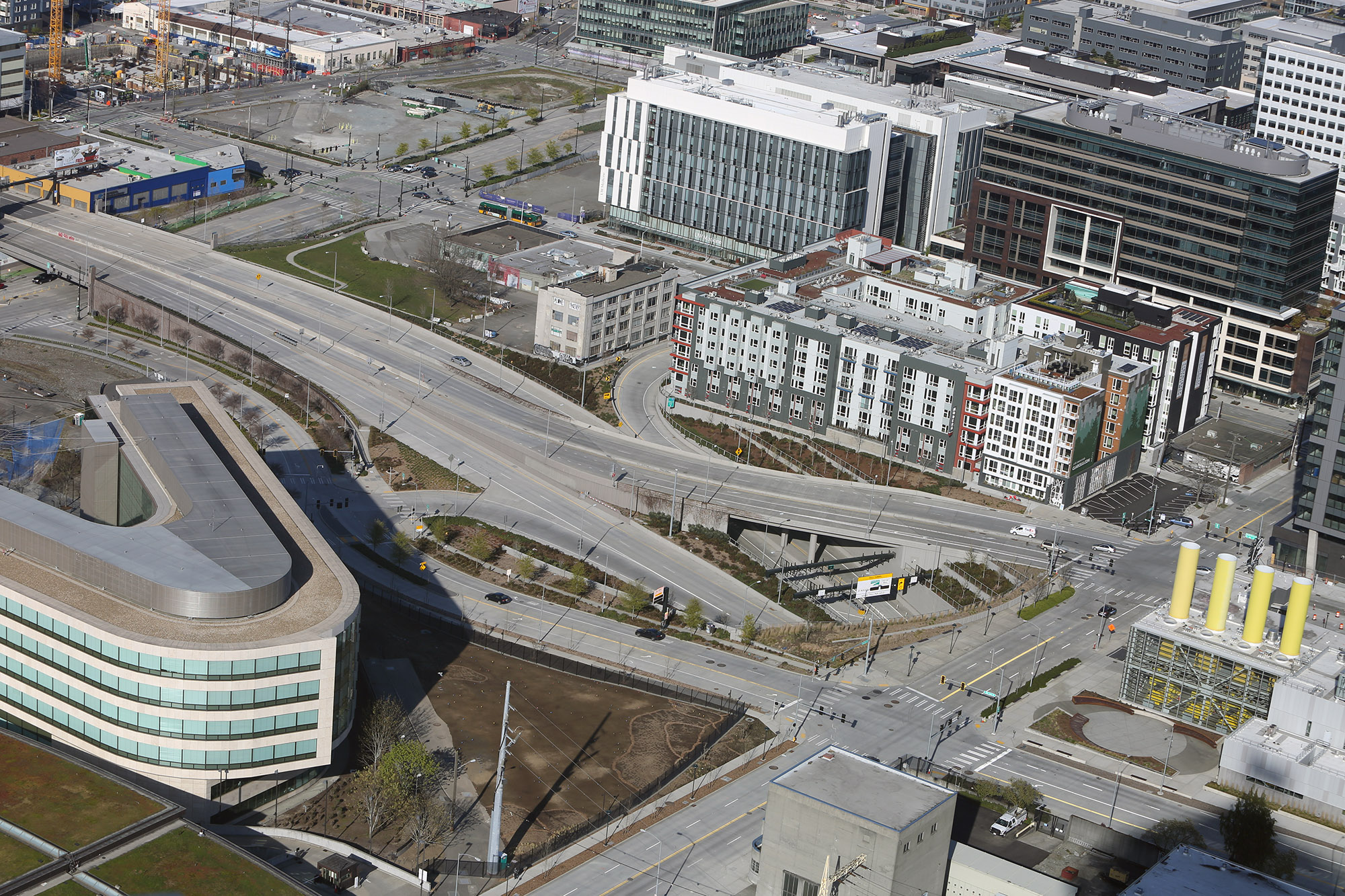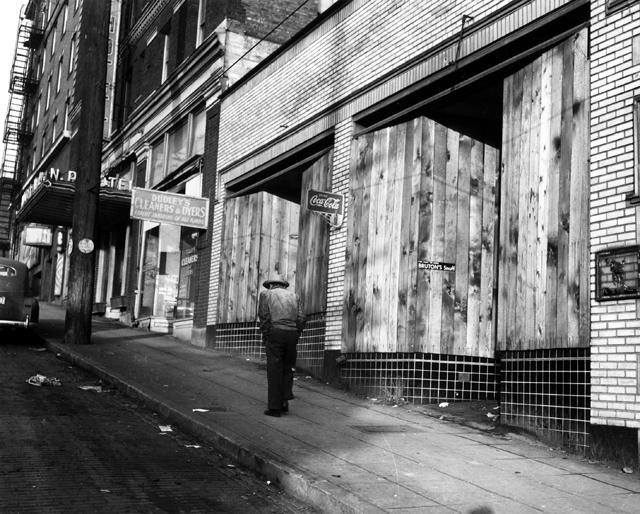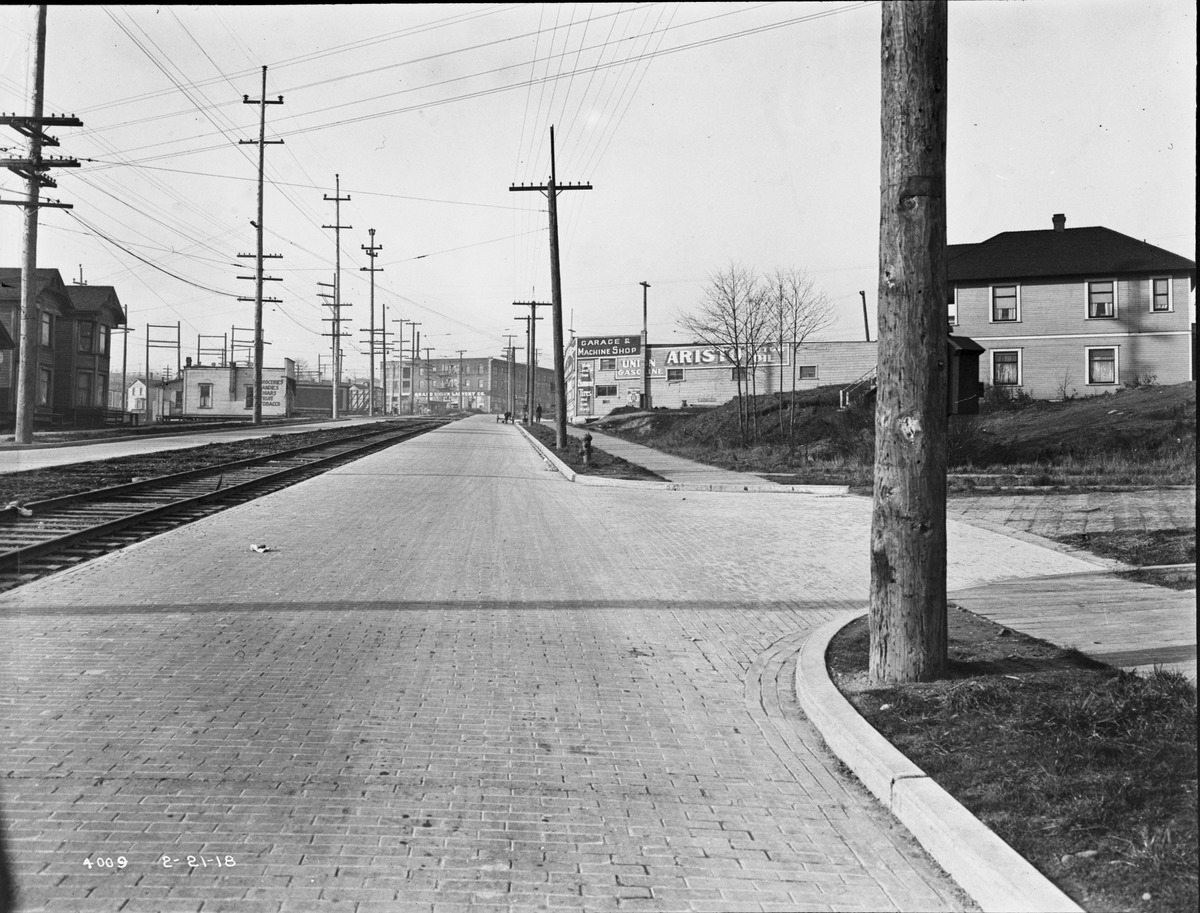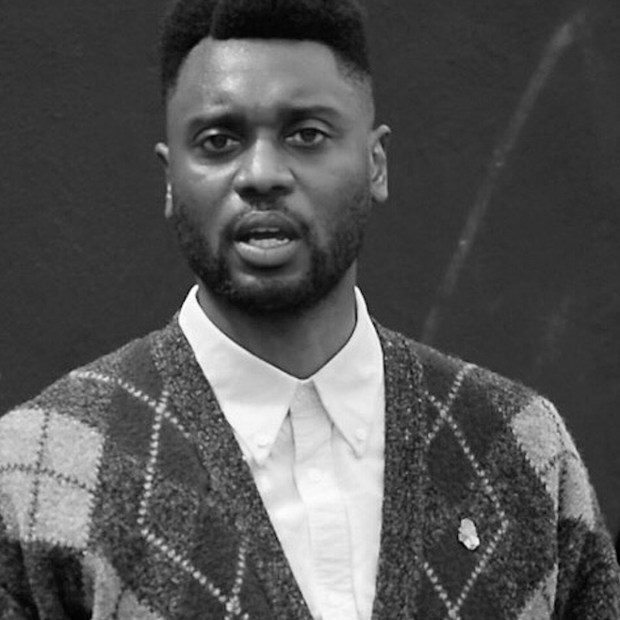The last time we were here was the “dot-com” recession of the early 2000s. Local reports from the time emphasized emptiness — the emptiness of corporate accounts that evaporated in the spring of 2000 when the Nasdaq lost a quarter of its value, 25,000 tech employees were laid off and Boeing jettisoned 18,700 workers. But, above all, emptiness of the city’s streets. At the time, the Los Angeles Times’ Seattle bureau chief, Kim Murphy, wrote that Seattle cafes were “leaking money, because not enough people had time or money to sit around drinking coffee anymore.”
In spite of the crushing recession, Seattle eventually doubled down on its commitment to the new Gilded Age represented by corporations like Boeing, Amazon, Starbucks and, Microsoft. Unfortunately for the city with the most regressive tax code in the nation, Seattle’s fealty to its major corporations has usually come at the expense of the public spaces, social programs and civic infrastructure that make a city a community. We can hope for a return to normal when our present crisis abates. But maybe “normal” had more ghosted streets and vacant avenues than we remember.
Many were already in the midst of a kind of quarantine, with less privileged Seattleites gradually marooned in an increasingly wealthy, increasingly inaccessible city. Because if enough people retreat into suburbanesque enclaves and securitized buildings, if enough young people are priced out of Seattle, if enough communities of color vanish because of gentrification, if women and queers and trans people suffer enough harassment to make them want to stay home, if not enough spaces in the city are ADA accessible, if enough fare enforcement officers force enough young people off of public transit, then haves become socially distanced from have-nots anyway. Though exposed by it, Seattle’s struggles with equity and urban planning predated this pandemic. There’s a reason why many are calling on Seattle’s political leadership to use the emptiness resulting from COVID-19 as an opportunity to reclaim the city’s streets for everyday people and pedestrians.

In his 1992 book, Non-Places: An Introduction to Supermodernity, anthropologist Marc Augé defined “non-places” as heavily commercialized sites — cheesy hotel lounge bars, saccharine coffee shops, huge shopping centers — where our collective sense of history and communal identity comes to a halt. Before Seattleites sheltered in place, several areas of the city already felt like “non-places.” Quarantine or not, when you walked around parts of Seattle Center, Westlake and much of downtown Seattle, it didn’t always feel as if they were ever earnestly intended for people to congregate in. With piped-in elevator jazz and commercial ads everywhere, what they really seemed to want to recreate were Orwellian facsimiles of human togetherness. Armed security guards don’t exactly make you want to pull up a chair and stay a while.
Seattle could have been a city where you don’t feel out of place walking in spaces your taxpayer dollars subsidize. A city that doesn’t often look like quarantine is in effect when it isn’t. A city that was better prepared to deal with a quarantine because it didn’t tie its fate to the fortunes of a few giant multinational entities. It didn’t have to be this way. There were turning points where we failed to turn.
Seattle emptied out in 1970 because of the Boeing Bust. After federal funding for supersonic aerospace transit ceased in 1970, the Boeing workforce shed 43,200 jobs and unemployment in Seattle soared to 13.8%. A couple of pranksters erected a prominently placed freeway billboard that read, “Will the last person leaving Seattle turn out the lights.”
The city had some decisions to make.
Over the next decade, we could have responded to the sudden emptiness by disinvesting from the dramatic boom-and-bust cycles of huge corporations. Seattle voters could have passed the 1970 Forward Thrust ballot initiatives that proposed 47 miles of rail transit and a tax on corporate real estate to pay for public housing. Or it could have gone the opposite direction: Elect a bunch of small-government “Rockefeller Republicans” to the governor’s office and state Legislature, and facilitate capitalist boondoggles like the Columbia Tower corporate obelisk and a soulless Westlake Mall remodel. You already know which direction we chose: When you go downtown, there are no public restrooms.
Seattle’s streets have a way of periodically clearing out because of structural calamity. The more troubling trend is the city’s hesitance to learn the right lessons from those upheavals. The World War II incarceration of Japanese Americans in Seattle presented as stark a test of a city’s ability to learn from its collective past as you can get. When Franklin Roosevelt issued Executive Order 9066 in 1942, over 7,000 Japanese Americans in Seattle were forcefully relocated to concentration camps. Pike Place Market — where mostly Japanese American merchants sold their wares — fell silent. Busy storefronts in Seattle’s Chinatown-International District became barren. Painstakingly, life went on for Seattle’s resilient Japanese American community behind camp walls. The racist wartime policy momentarily erased a once-vibrant community.

After WWII, Seattle looked at the empty streets in Nihonmachi — Japantown — and decided to reinvest in the hawkish system that created the void in the first place. Boeing’s boom of the 1950s and 1960s was built partly on military projects that once again targeted people of Asian descent, this time in Korea and Vietnam. The journalist Jane Jacobs once called unnecessary expenditures on war “transactions of decline,” warning that building bomber planes isn’t a sustainable way to address an economic slowdown. Boeing’s fortunes imploded in 1970. Seattle emptied out. Roger Sale reflected on the Japanese American incarceration in his 1976 classic, Seattle, Past to Present, saying, “the saddest part of the whole experience was that people learned so little from it.”
When the ravages of COVID-19 and the resulting economic slowdown finally subside in Seattle, how can we be certain that the city will fill this space with anything more equitable or sustainable than what was there before? Thankfully, at least one of Seattle’s great historical hollowing-out periods actually came with a happy lesson.
We hear a lot about the Seattle General Strike of 1919 as a public labor struggle. We hear less about the incredible feats of care and domestic labor required to sustain this strike for six days. When Seattle’s 60,000 unionized workers went on strike in solidarity with shipyard workers demanding higher wages, Seattle Mayor Ole Hanson flaunted 1,500 policemen to guard against the violence he was certain would follow. Instead, striking workers stayed home. Essential employees in Seattle City Light and food service ventured out to make sure their neighbors were taken care of. Maybe it helped that, just months before the strike, Seattleites had already learned to practice social distancing to stave off the 1918 flu pandemic. In any case, Seattle’s streets during the General Strike were as empty as they are now.
In a stirring editorial published at the start of the strike, advocacy journalist Anna Louise Strong proclaimed, “[Labor] will feed the people, labor will care for the babies and the sick, labor will preserve order.” The General Strike did not end in peace between workers and management. Nor did workers win all of the benefits they had hoped for. But they did model a kind of domestic solidarity that — a century later — is the backbone of civic life for cities reckoning with COVID-19.

“Home is just something to contain our misplaced desires for a better world,” author Trisha Low writes in her 2019 book Socialist Realism. For Low, home is as much a seedbed for transformative change as the picket line or the anti-war protest. Moving forward, it will have to be. With rallies and barnstorms flattened by social distancing in Seattle, a new era in city politics must be built on kinship networks and mutual aid.
The million little wires of social cohesion that may have atrophied since the last time Seattle cleared out are all we have. They might be all we need. “You can make utopia out of almost anything,” Low writes. Even, hopefully, empty space.


